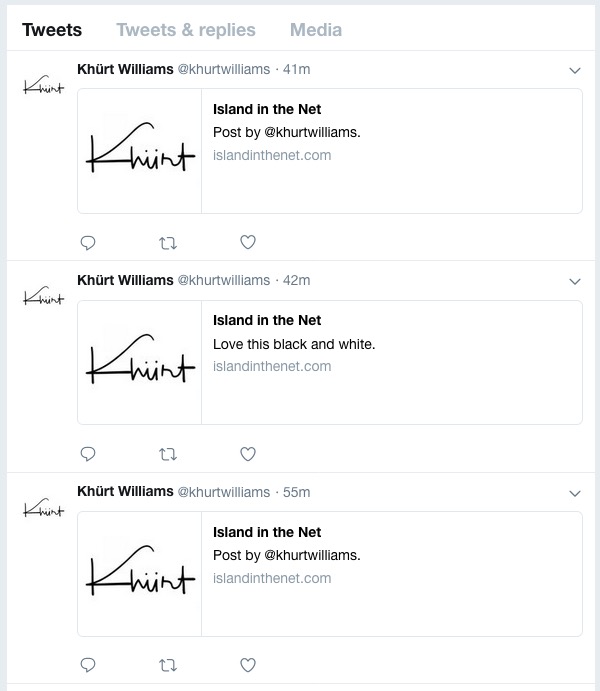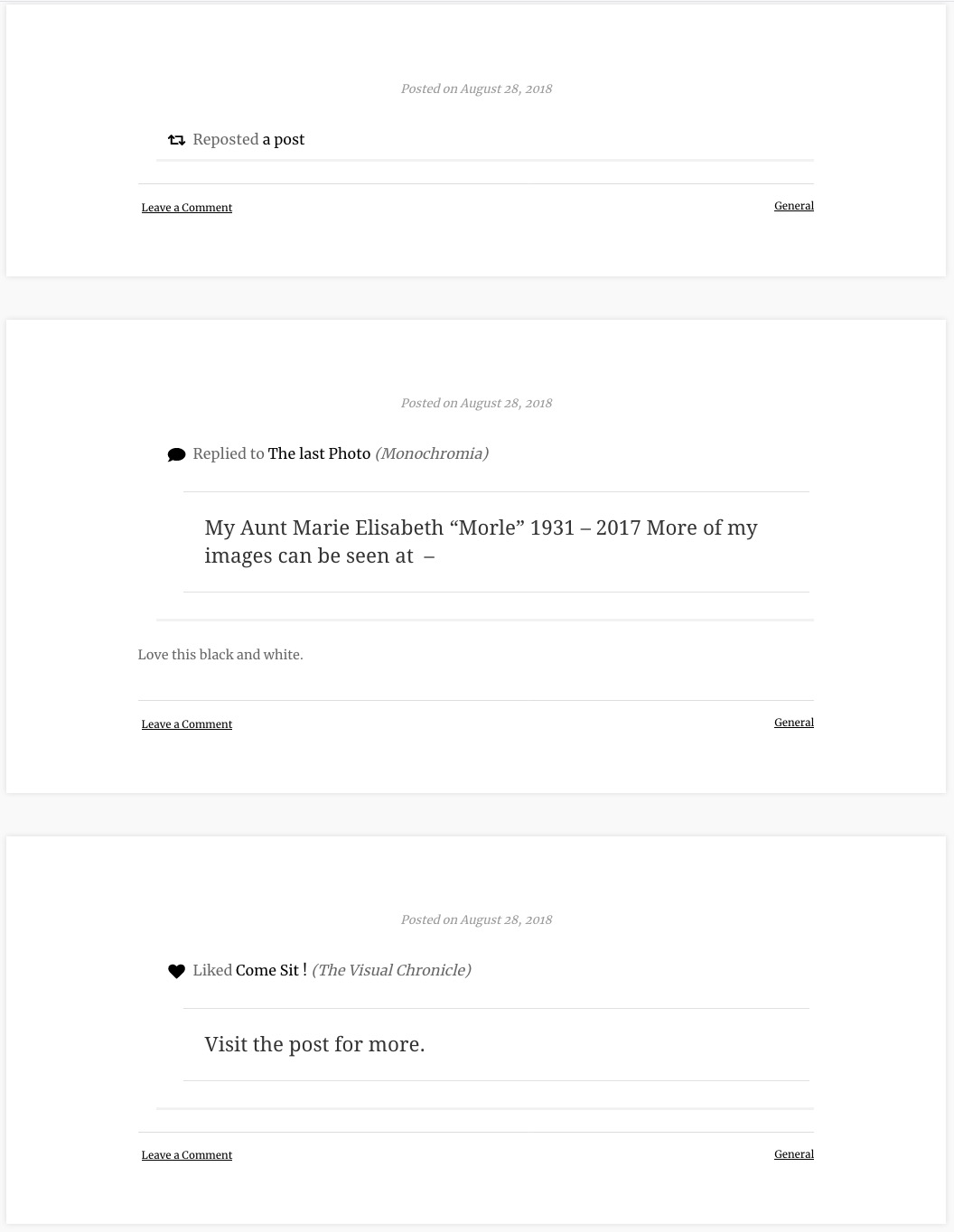Last weekend, I configured my website to use Aperture as a micro sub endpoint with Indigenous and Monocle as my microsub readers. I had some initial challenges with the setup but, with the help of Aaron Parecki and Eddie Hinkle, I got it working yesterday. Aaron developed Aperture and Monocle and Eddie developed Indigenous.
Aperture is a Microsub server. Microsub is a spec that provides a standardized way for reader apps to interact with feeds. By splitting feed parsing and displaying posts into separate parts, a reader app can focus on presenting posts to the user instead of also having to parse feeds. A Microsub server manages the list of people you're following and collects their posts, and a Micropub app shows the posts to the user by fetching them from the server.
I spent some time using both apps to respond in various ways to blog post from my the limited number of feeds in the channel I created. The experience was both more and less than I expected.
More
Being able to respond to post right in the reader is great. With this setup, my feed reader workflow is simplified.
The current response workflow is:
- open the post in a browser window
- copy opening a new browser window for my website
- create a new post
- choose a post response kind
- type a response
- click publish
Replying from Monocle and Indigenous is as simple as clicking the button for the response kind -- reply, repost, like. The last two don't even require any typing. My responses appear as posts on my blog. I can immediately see how this is useful. I wish Feedbin and Reeder supported microsub.
Less
Each time I responded to a feed item via Indigenous or Monocle, my response created a blog post on my website. However, the appearance of these blog post is not to my liking. Reposts looked the worse. I had expected that responses to photo post might include an image embed. I was not able to select the section of the blog post I wanted to respond to. The responses were syndicated out to Twitter and appeared even less appealing.

I know my expectations are unrealistic considering that the Aperture, Monocole and Indigenous projects are early experiments with microsub by two developers using their spare time. I just can't get past how these responses appear on my website. I can't see myself using these tools in their current state. If I had the knowledge or time I would consider building my own tools but ... I don't. The technology shows great promise and I will revisit this experiment later.
The closest thing in my mind to this experience is the WordPress.com Reader. I can follow my favourites in the Reader and respond directly to those posts with comments or like without leaving Reader. The only thing lacking is the ability to create a corresponding blog post for that response and webmentions. Imagine if JetPack was updated to support both?


